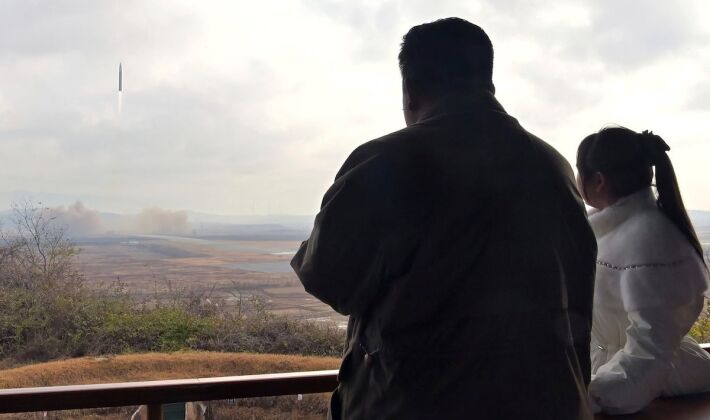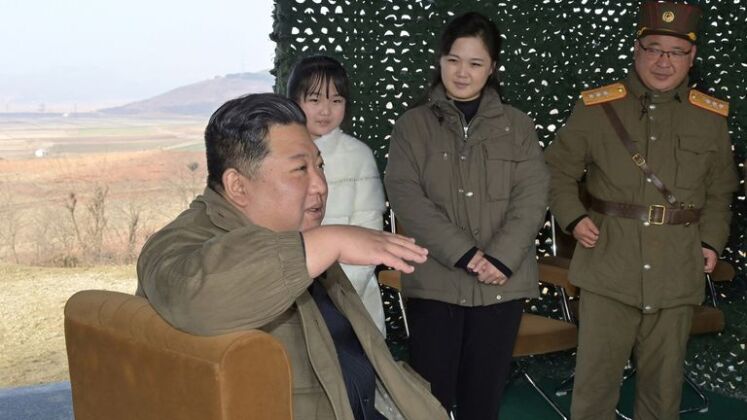On November 18 North Korea successfully test launched the Hwasong-17 intercontinental range ballistic missile (ICBM), which flew for approximately 1,000km with an extreme peak altitude of 6,100km. This follows a longstanding trend towards Korean missiles being launched on irregular trajectories to demonstrate their full ranges without flying far out into the Pacific Ocean, with the latest test assessed in South Korea to have proven that the Hwasong-17 can comfortably engage targets across the United States mainland. The launch was the second for the Hwasong-17, which was first successfully completed on March 24. Another was test reported but not confirmed to have taken place on May 25. The missile is the third thought to have entered service with an intercontinental range, alongside the Hwasong-14 first launched in July 2017 and the Hwasong-15 which was first launched four months later. The Hwasong-15 was the first capable of striking the East Coast of the United States, while the much larger Hwasong-17 is speculated to be able to do so while carrying multiple warheads. The missile is the largest in the world deployed from a road mobile launch vehicle.

North Korea has been officially at war with the United States for over 72 years, with Washington having come close to launching nuclear strikes on the East Asian country on several occasions including under the Truman, Eisenhower, Johnson, Nixon and Trump administrations. The Barak Obama and Bill Clinton administrations also very nearly launched unprovoked conventional attacks, but these were deterred largely by North Korea’s retaliatory strike capabilities. The most recent attacks considered under President Donald Trump in 2017 were expected to kill several million North Koreans by effectively incinerating the country’s population centres, according to then Defence Secretary James Mattis. Development of a more robust ICBM capability is seen to provide a long coveted and very high level of deterrence, which is particularly value by Pyongyang due to the historical memory of the Korean War from 1950-1953 during which U.S.-led coalition forces killed an estimated 20 percent of the country’s population primarily through bombings of population centres. The memory of the Korean War has consistently played a central part in speeches by figures in the North Korean leadership rationalising the development of nuclear weapons and strategic ballistic missiles.

The Hwasong-17 test was particularly notable due to the attendance of Kim Chu Ae, the daughter of the chairman of the ruling Korean Workers’ Party Kim Jong Un and the First Lady, and former popular singer, Ri Sol Ju. Chu Ae stood stood hand in hand with her father during the test, marking her first ever public appearance to be covered by Korean media. She is thought to be the eldest of three siblings. Women have played in increasingly prominent role in the North Korean leadership since Kim Jong Un ascended to power in 2011, with the current First Lady playing a much more prominent public role than her predecessors while Kim’s sister, Kim Yo Jong, has gained a leading position in managing relations with South Korea. The role of First Vice Foreign Minister is also currently held by a woman, Choe Son Hui. While Kim Jong Un himself first appeared in public when being prepared by his father to take power in the late 2000s, his daughter’s appearance has been speculated to indicate that a public role is also being planned for her.
